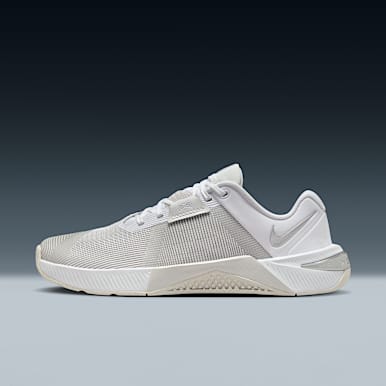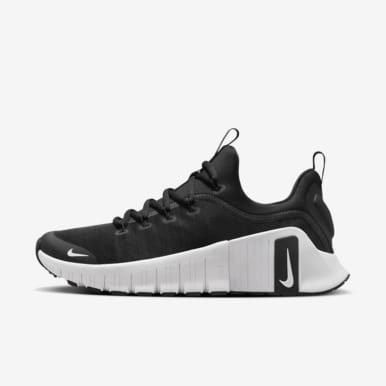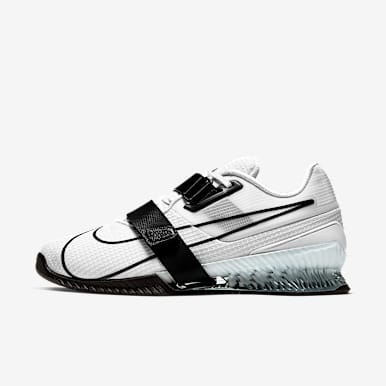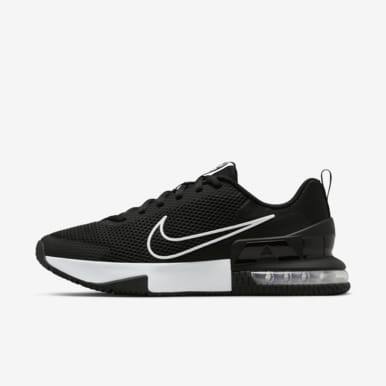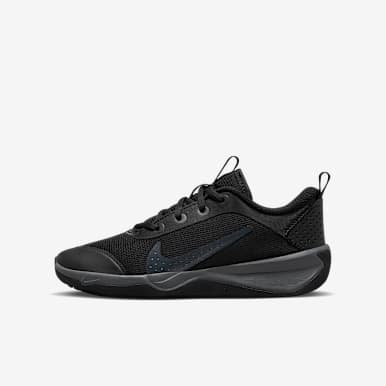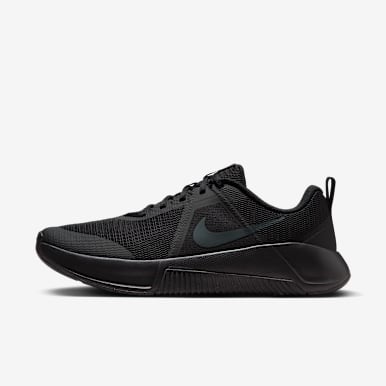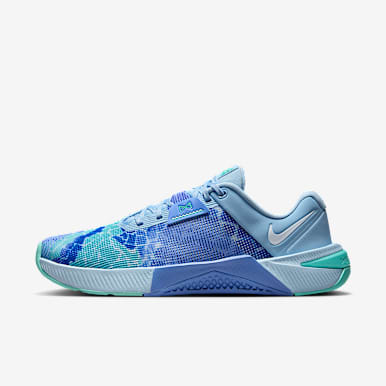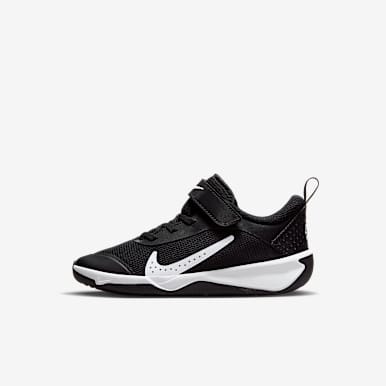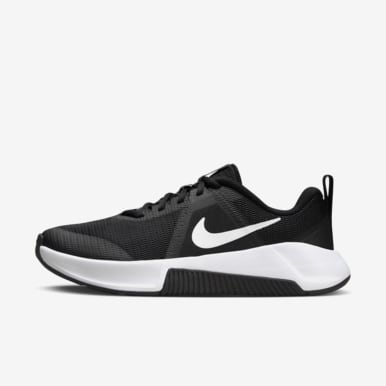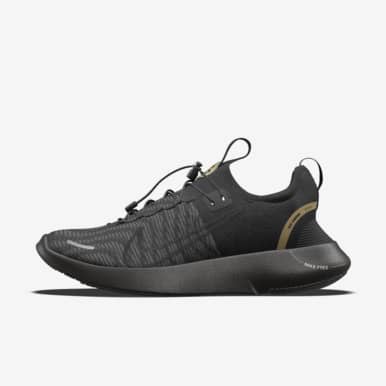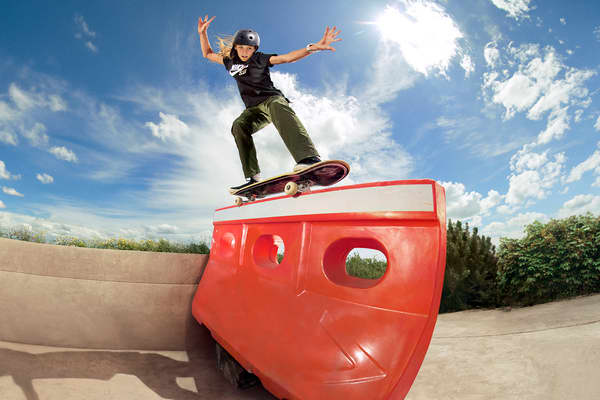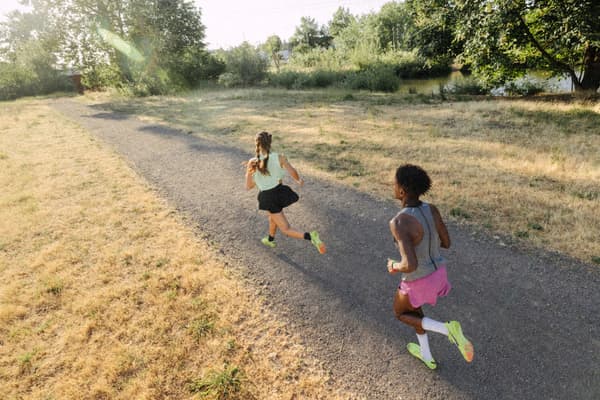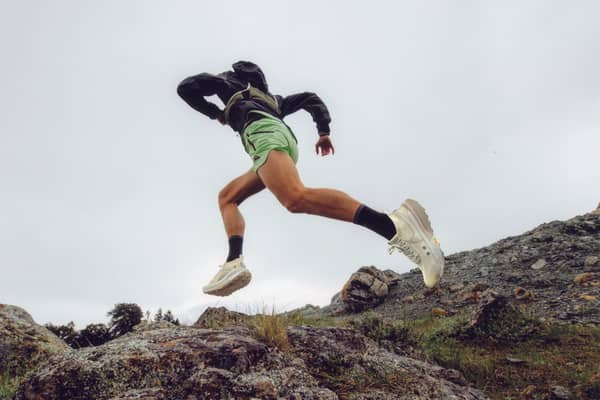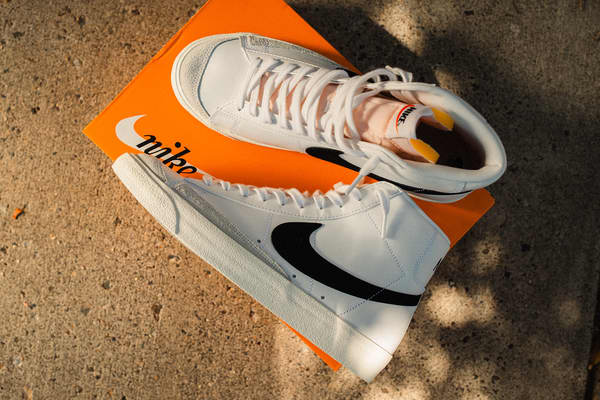Best Nike shoes for skipping
Buying guide
These sneakers will put a spring in your step.

A skipping rope symbolises play, yet skipping is a seriously challenging and impactful exercise. Along with burning lots of calories, the plyometrics move helps boost speed, power and agility. Plus, this type of high-impact cardio can be done anywhere—all you need is a rope and training shoes. Just do your legwork when picking the right pair of sneakers. Since skipping can strain the joints, choose supportive shoes that promote traction and stability. To give you a jump on your search, here are some pointers and product picks.
What qualities should I look for in skipping shoes?
To help keep your feet and ankles in place, seek supportive sneakers with containment features and some rigidity. At the same time, they should offer enough flexibility for your feet to move naturally. The uppers should be breathable to help absorb sweat, while the midsoles should sport foam cushioning for impact absorption. Flat rubber outsoles with a Waffle pattern assist with stability and traction.
What are the best shoes for skipping?
These six Nike training shoes are agile, flexible and responsive. Skip indoors and out in these versatile picks designed for functional fitness and high-intensity interval training (HIIT) workouts.
Men's
Nike Air Zoom TR 1 Men's Workout Shoes
These sneakers feature a full-length Air Zoom unit on the bottom layer of the upper for responsive cushioning. Meanwhile, a low-to-the-ground design with a flat heel and Waffle-patterned outsole helps with stability on multiple surfaces. Soft synthetic suede provides breathability.
Nike Free Run 5.0 Men's Road Running Shoes
These shoes feature laser-cut grooves on the sole for flexibility. Their close-to-the-ground design and Flywire tech looping through the laces help promote stability and security. Add in responsive cushioning, breathable knit uppers and durable rubber at the forefoot and heel.
Nike Flex Experience Run 12 Men's Road Running Shoes
These lightweight shoes are all about flexibility, with grooves in the outsole promoting a full range of motion. The plush upper offers comfort, while the low stack height assists with stability.
Women's
Nike In-Season TR 13 Women's Workout Shoes
Responsive cushioning in the midsole helps absorb impact, while a midfoot strap across the laces contributes to foot security during lateral movements. Performance mesh in the forefoot boosts breathability.
Nike Versair Women's Workout Shoes
This pair is surrounded by a tough moulded wrap to help support the heels. Meanwhile, an Air Zoom unit offers responsive cushioning. Thanks to its grooves and placement near the bottom of the shoe, it also contributes to lateral stability. The uppers are soft and breathable, thanks to the chenille fabric.
Nike Free Metcon 6 Women's Workout Shoes
These sneakers promote flexibility thanks to laser-cut grooves in the outsole and both the forefoot and midsole foam. The multi-surface traction pattern, Flywire cables and inner sleeve contribute to stability and security, while the engineered mesh uppers help with breathability.
Frequently Asked Questions
What is plyometrics training?
Which sports will skipping help you improve?
Skipping and other types of plyo (like forwards hops and side jumps) can boost performance in basketball, baseball, volleyball, running, athletics and tennis.
What are other health benefits of skipping?
Along with athletic abilities, skipping can improve functional movement, reducing your chance of injury. Plus, this type of exercise can help promote cardiovascular health, coordination, balance, agility, body awareness and bone density.
What are some tips for beginners to skipping?
If you have joint or balance issues, check with your doctor before adding skipping to your fitness routine. To start, choose a surface with some give, like a thick mat, carpeted wood floor, or a patch of grass or dirt—tile, tarmac and concrete are harder on the joints. Always land softly, bending your legs and avoiding locking your knees. Skip for at least 10 seconds, working up to two minutes. Over time, increase your jumping height and session length.
Words by Dina Cheney
